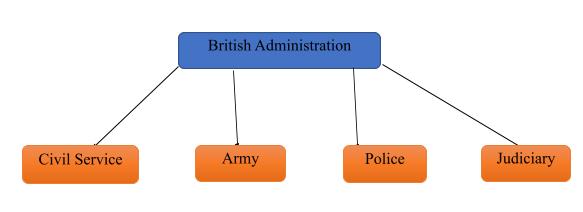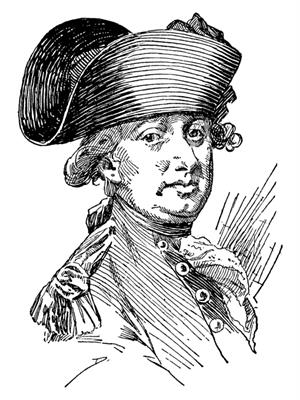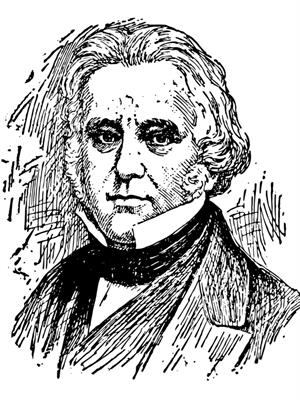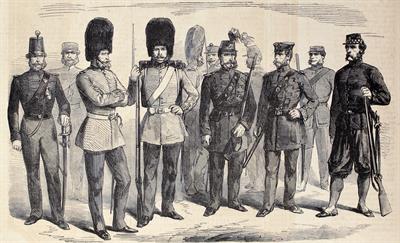
PUMPA - SMART LEARNING
எங்கள் ஆசிரியர்களுடன் 1-ஆன்-1 ஆலோசனை நேரத்தைப் பெறுங்கள். டாப்பர் ஆவதற்கு நாங்கள் பயிற்சி அளிப்போம்
Book Free DemoThe Four Pillars of British Administration
- The defeat of the Marathas by the British forces enabled them to be the sole rulers of the Indian territory as they had wiped out their last native enemy and conquered the areas of Central and Western India.
- Thus, the British forces became the Superior power in India; simultaneously, the victory was accompanied by the responsibility of ruling the Indian territory with a proper administrative setup.
- British established various administrative organs to rule the lengths and breadths of India. Among the organs, four of them were considered highly important.

1. Civil services:
- The Civil servants are officials who implemented the laws enacted by the British company, and aggregating the revenue were their primary duty. he British introduced the name 'Civil servant' in 1829 to distinguish the civilian heads from the military personnel under the company.
- What began as a commercial post later changed to public service and the officials of this post were appointed by the Court of Directors which came into effect from the Regulating Act of 1773.

Cornwallis
CORNWALLIS: The governor-general of Bengal in 1786 was famous for enacting the “Cornwallis Code in 1793”, which had provisions regarding civil administration, judiciary, law and order and governance.
- Cornwallis increased the salary of civil servants and banned bribery, private trade practices. He also established a college for literature and language in Fort William in Calcutta.
Charter Act of 1833:
Charter Act of 1854:

Macaulay
MACAULAY: He was appointed as the chairman of the First Law Commission in India in 1835,and he also headed the committee on civil service in 1854.
The minimum age for civil service competitors was reduced during the later period to 21\ in\ 1892. The exams were being conducted in London\ , which was not affordable for the Indian aspirants to give a shot. So, they demanded exams to be held in the Indian mainland to give them a fair advantage of the provision of open competition.

ISLINGTON: A commission on civil service was appointed under him in 1912, favouring 25% of the civil service posts to be filled by the Indian people. Gokhale and Abdur Rahim were members of this committee.
The Montague - Chelmsford reforms of 1919:
- These reforms were also known as the Government of India act which wanted one-third of the seats for Indian competitors. The British government appointed a committee for civil service reforms under Lee.
- The Lee Commission, which came into place in 1923, had an equal no. of representatives from British and India. This committee recommended the setting up of Central Public service.
- In 1926, the first public commission was established under the Chairmanship of Sir Ross Barker.
The Government of India Act 1935
This act paved the way for the complete civil service in central and state, as it established,
- Federal public service commission for the centre.
- Provincial public service commission for provinces.
- Joint public service commission for two or more provinces.
2. Army of the British:
The army played a stellar role in the triumph of the British company and its dominance in India. It waged several wars under the three presidencies.
- Army of Bengal Presidency
- Army of Madras Presidency and
- Army of Bombay Presidency

The British army
- The armies recruited by the British forces were called sepoys, who were the first line of defence in any war of the company. The Indians constituted 86% of the British army which proved fatal for the company in the 1857\ war.
- The British army was designed with European Model, and the company soldiers were trained in Europe, which made the Indian soldiers feel inferior to them.
- The highest rank held by Indian soldiers in the company army was “Subedar” as the commanding positions were held only by the British.
- Post the 1857\ war, the recruitment of Indians to the company army was reduced, and they were deprived of the power to hold artillery.